Studly Moves: Installing Studded Winter Tires for the First Time In 20 Years

People tend to have some pretty strong opinions in this neck of the woods, ranging from thoughts about this year’s crop of NHL rookies to unsolicited sentiments about how Uncle Walt really should have added a ledger board when he built that new deck last summer. Hey, at least the thing is still standing. For now.
While the works of us are largely united on the subject of winter tires – it’s broadly accepted that driving aids such as pedestrian detection and lane centering and even the basics like stability control aren’t of much use if those four fist-sized patches of rubber on each corner of the car have less traction than pork at a PETA picnic – there’s still plenty of debate over the usefulness of studded winter tires. One group swears by them while the other swears at them.
This author was in the latter group – right up to the moment I bolted a modern set of studded tires to my Cherokee Trailhawk. Turns out, a lot has changed in two decades.
What spurred the change? New driving patterns for one, plus a Farmer’s Almanac promise that there’d be plenty of freeze-thaw cycles this winter in this part of the world. While the images in this post show a decent dusting of postcard-like snow, it’s all been replaced in the last couple of days on our roads with inch-thick ice thanks to temperatures which rise and fall faster than the value of Bitcoin.
These particular hoops are Nokian Hakkapeliitta 10, the latest in a line of studded tires from a Scandinavian company where the residents know a thing or two about driving in foul winter weather. In fact, it’s rumoured that babies in Finland exit the womb on full opposite lock, which is great for future hotshoes but does little to ease the complexities of delivery. Ok, perhaps we made up that last bit.
Alert readers will have noticed the newest spellcheck-vexing but fun-to-say Hakkapeliitta winter tire uses a directional pattern with an ample number of sipes. For those of you who fell asleep during the last lesson, sipes are those little zig-zag spaces in each tread block, designed to open slightly when pressed into a driving surface to provide more biting surfaces in the never-ending quest for traction. If you’re a resident of the Sun Belt and are skeptical about the need for winter tire sipes, try this experiment. Take a block of Styrofoam from your next overpackaged Amazon parcel and slide it across the kitchen table. We’ll bet it slid relatively easily across the surface. Now, use a blade and make several shallow cuts along the surface, then push the block across the table again. Different, huh? That’s sipes at work, or the basic concept behind them, anyway.
All this is well-trodden ground for your author, a person who religiously installs winter tires each annum and expounds their virtues to anyone who doesn’t. After all, if the guy next door has tractive rubber on his vehicle, he’s less like to slide into mine when coming in hot to the cul-de-sac after a night of socially distant bingo at the Legion. What isn’t familiar to these jaundiced eyes are studs in winter tires, a type of traction aid I haven’t utilized in about 20 years. That set, installed on an aging Ford Escort wagon with a dodgy amount of rust on its rear suspension towers, roared like Chewbacca on a bad fur day and created so much headache-inducing din that it was nearly impossible to communicate with passengers without using hand signals.
You can imagine my surprise when these studded Hakkapeliitta tires did nothing of the sort. Oh, sure, there’s the typical hum of winter rubber and a slight plinking sound depending on the road surface but it’s hard to believe this is the same concept in traction that nearly drove your author to arson back in the late ‘90s. What changed?
Tire technology changed, as it turned out. It seems big companies like Nokian and others plow untold time and money in the R&D of their tires, coming up with new ways to increase traction while – in this case – keeping a lid on road noise. Gone are the days when Bill at the service station would hammer studs into tires one at a time; modern studded tires are fitted with these pins from the factory. In the case of this Hakkapeliitta 10, there are two different stud designs in the tire – one in the center rib and another on its shoulder. The latter are star-shaped and used for lateral grip, helping ensure traction in the corners while the others help with acceleration and deceleration. After this latest freeze/thaw, I can confidently say the concept works.
But what about the ungodly racket, my nemesis from that winter two decades prior? Turns out these tires have an added base layer thickness plus a special stud rubber cushion (make your infantile jokes now, please), both of which work together to reduce tire noise and road wear. Unlike old-school studs, these things have a cushiony base into which they can slightly sink, absorbing a lot of the roar associated with winter tires. It would be disingenuous to suggest they’re equally quiet as a non-studded ice radial, but the difference is now more akin to levels 2 and 3 on a Fender amp instead of 2 and 9 volume levels. Modern tread compound also helps immensely in this regard, with the tread and tire structure absorbing most of the noise before it reaches the cabin. My ears are grateful, though the pharmacy’s sales of Tylenol have surely plummeted.
Consider me a convert to studded tires, then – at least to this set of Hakkapeliitta 10 rubber. Turns out some opinions can change, after all.
Uncle Walt still needs that ledger board on his deck, though.
[Images © 2022 Matthew Guy/TTAC]

Matthew buys, sells, fixes, & races cars. As a human index of auto & auction knowledge, he is fond of making money and offering loud opinions.
More by Matthew Guy
Latest Car Reviews
Read moreLatest Product Reviews
Read moreRecent Comments
- TheEndlessEnigma Hybrids and PHEVs make sense, EV's do not.
- Ajla My understanding is that the 5 and 7-Series cater almost exclusively to the Chinese market and they sell them here just so they don't look weak against Mercedes and Audi.
- EBFlex Interesting. We are told there is insatiable demand for EVs yet here is another major manufacturer pivoting away from EV manufacturing and going to hybrid. Did these manufacturers finally realize that the government lied to them and that consumers really don’t want EVs?
- Kwik_Shift_Pro4X What's worse than a Malibu?
- MaintenanceCosts The current Malibu is poorly packaged; there's far more room inside a Camry or Accord, even though the exterior footprint is similar. It doesn't have any standout attributes to balance out the poor packaging. I won't miss it. But it is regrettable that none of our US-based carmakers will be selling an ordinary sedan in their home market.



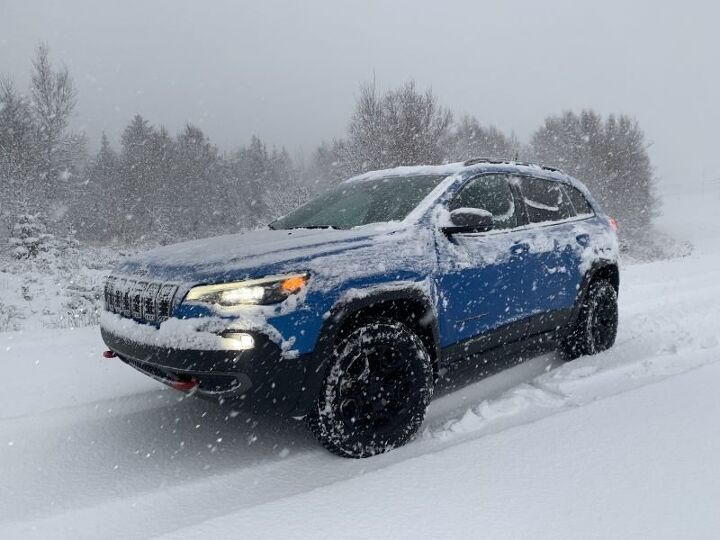














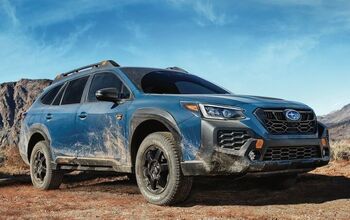


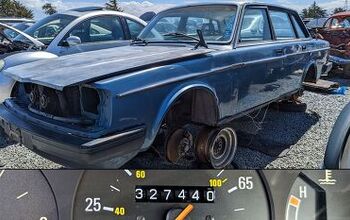

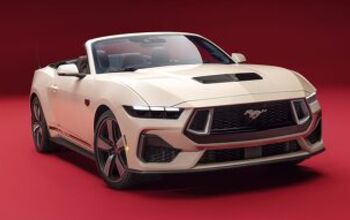
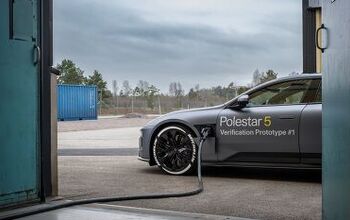
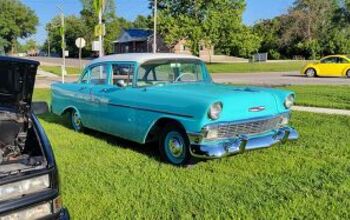


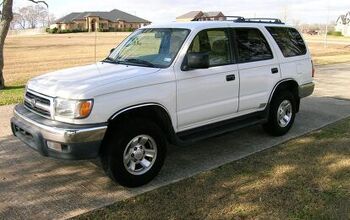
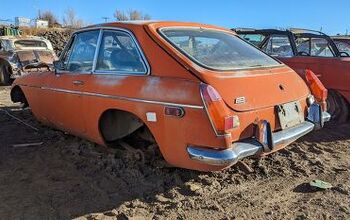

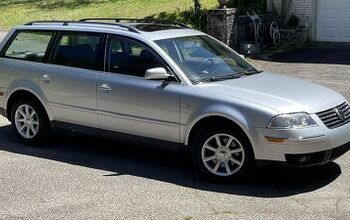




Comments
Join the conversation
I'm retired and just stay home when the snow comes. And really I can chain up if I have to, but mostly I just call Instacart when I run out of beer.
More than I like I drive during black ice conditions. Studs work on black ice. They may somewhat increase stopping distance on dry roads and the thankfully rare panic stop. I can’t influence weather. I can control speed, how close I follow other cars, when I begin to slow for turnoffs, other stuff. There’s no perfect solution. But for some of us studded tires are the safest solution.